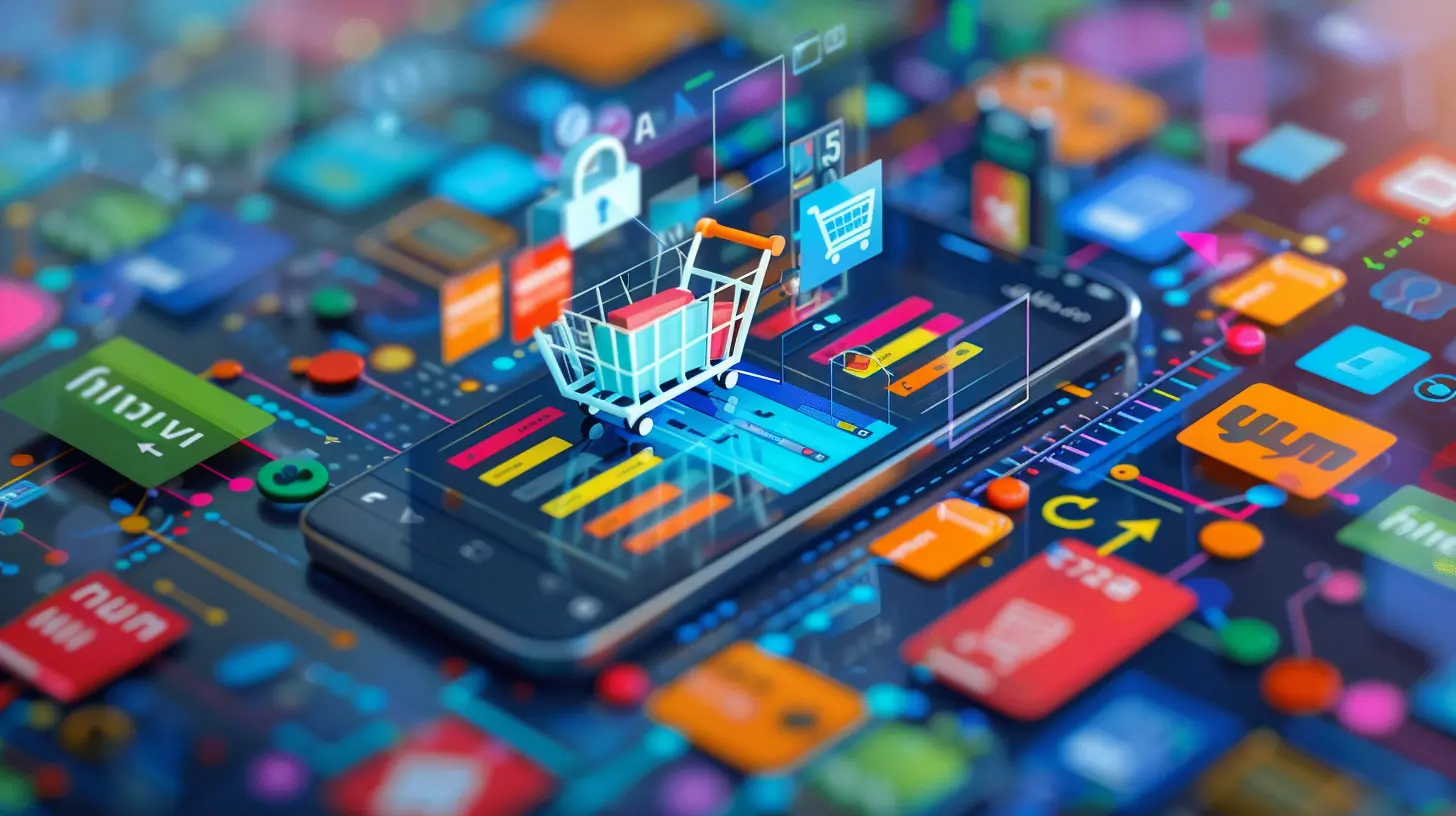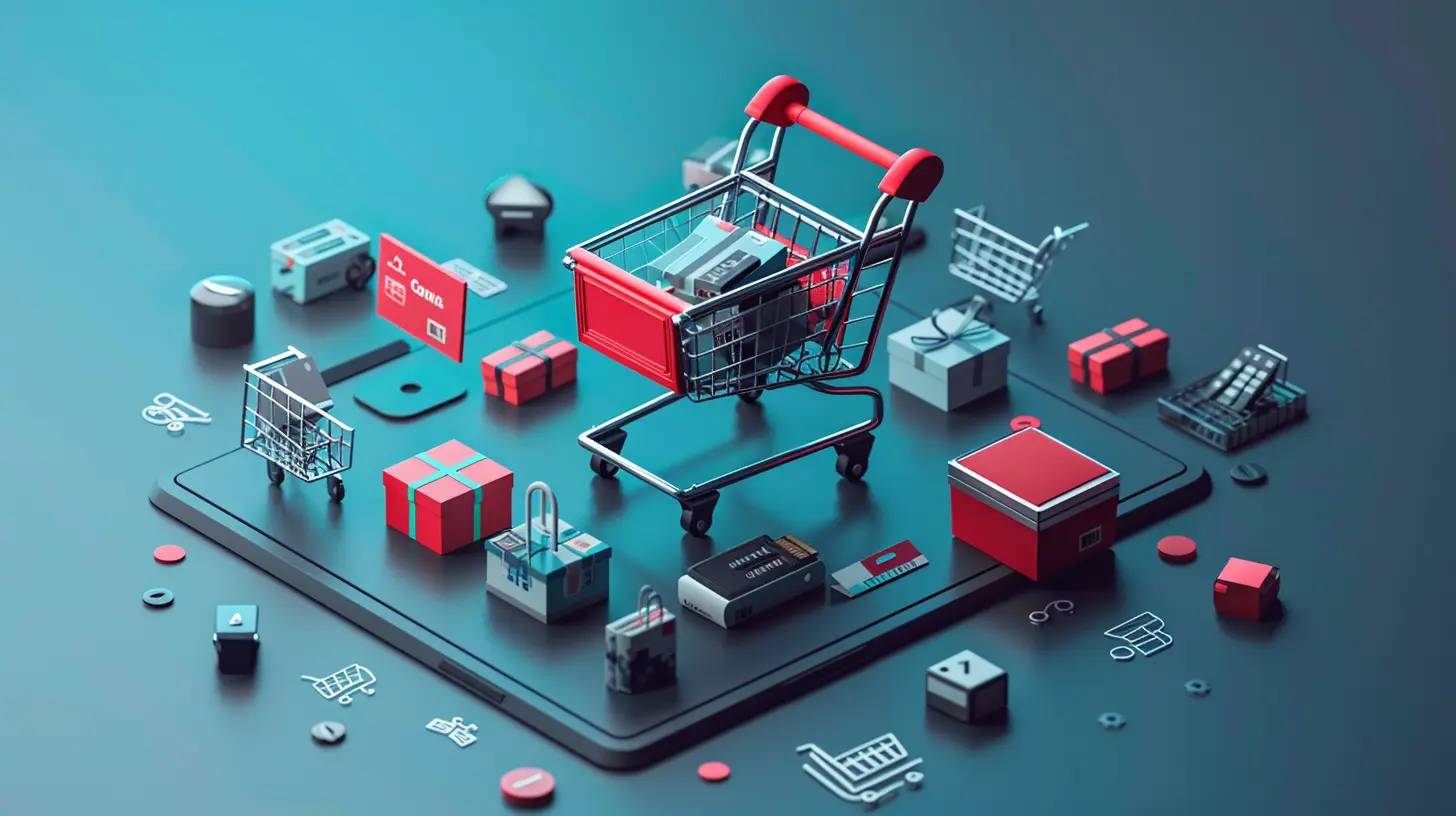How to Optimize Your E-Commerce Experience for Better Conversions
15 July 2025
Let’s face it — selling online is now tougher than ever. With thousands of stores popping up overnight and customers expecting Amazon-level service, getting your e-commerce store to the top of the leaderboard means more than just having a slick website.
You need to create an online shopping experience that not only attracts visitors but actually convinces them to pull out their wallets.
So, how do you do that?
You optimize every corner of your e-commerce experience for conversions.
In this guide, we’re going to break down exactly how you can do that — from website design and checkout process to product pages, load speeds, emails, and beyond.
Grab your favorite drink and get comfy. This is the e-commerce upgrade you didn’t know you needed.
Why Conversion Optimization Matters
Before we dive into the nitty-gritty, let’s get clear on one thing — what is conversion optimization?In plain English, it’s all about making tweaks to your website and user journey so more people end up buying instead of leaving.
You could be getting thousands of visitors a day, but if only a handful are actually buying, then what’s the point?
Think of it like fishing — if you’re casting your net out to a sea full of fish (website visitors), but your net has holes in it (bad UX, slow site, clunky checkout), you’ll miss most of your catch.
Conversion optimization is all about patching those holes.
1. Nail Your Website Speed and Performance
Slow Site? Say Bye-Bye to Sales.
Speed is everything. If your site takes more than 3 seconds to load, more than half your visitors will bounce. That’s brutal, right?Here’s how you can crank up the speed:
- Use a lightweight theme — Ditch the fancy, bloated ones. Go for sleek and minimal.
- Compress images — Big, pretty pictures are useless if they take forever to load.
- Enable browser caching and lazy loading — Let your site gradually load content.
- Use a reliable hosting provider — Cheaper isn’t always better.
Site speed is like customer service in a restaurant: if you’re slow to respond, your customers will walk out.
2. Design with Conversions in Mind
It’s Not Just Pretty Faces — It’s About Functionality
Good design doesn’t just look good; it works. Visitors should be able to find what they need without thinking.Here’s what killer web design looks like:
- Clear navigation — Think simple menus, search bars, and obvious categories.
- High-contrast CTAs (Call to Actions) — Big, bold buttons that actually stand out.
- Mobile responsiveness — Over 50% of traffic is mobile. If your store isn’t mobile-friendly, you’re losing sales in your sleep.
- Minimal distractions — No unnecessary pop-ups, auto-play music, or flashy animations.
Remember: your website is your digital storefront — would you shop in a messy, confusing store with flickering lights?
Didn’t think so.
3. Optimize Product Pages Like a Pro
Where the Magic (and Money) Happens
Product pages are arguably the most important pages on your website. If these aren’t optimized, your visitors won't feel confident enough to click “buy.”Here’s how to turn them into conversion machines:
- Clear, high-quality images — Use multiple angles and zoom functionality.
- Detailed yet scannable descriptions — Highlight benefits, not just features.
- Use bullet points — Easier to digest.
- Customer reviews and ratings — Social proof sells. Period.
- Create urgency — Low stock alerts, countdown timers, or limited-time offers.
Also, include trust signals like secure checkout badges and return guarantees — people buy with their gut, so make them feel safe.
4. Simplify Your Checkout Process
Fewer Steps = More Sales
Every extra click in your checkout process is a chance for someone to abandon their cart. So, how do you fix that?- Enable guest checkout — Don’t force sign-ups. Offer the option.
- Auto-fill fields — Help speed things up.
- Keep it to one page, if possible — No one likes jumping through hoops.
- Offer multiple payment options — Credit cards, PayPal, Apple Pay, Buy Now Pay Later.
- Reduce shipping surprises — Be upfront about costs and delivery times.
Think of your checkout like a slide — it should be smooth, fast, and fun, not a staircase full of hurdles.
5. Personalize the Shopping Experience
One Size Doesn’t Fit All
Ever walked into a store where the staff knows your name and what you like? Feels good, right?You can create that same personalized touch online too:
- Use browsing data to suggest products — “You may also like” works wonders.
- Send personalized email reminders — Abandoned cart emails with the exact items.
- Use dynamic content — Show different banners or offers based on customer behavior.
Personalization makes your customer feel seen — and customers who feel seen are more likely to buy.
6. Improve Your On-Site Search
Help Customers Find What They’re Looking For. Fast.
Your search bar isn’t just a box in the corner. It’s a powerful sales tool.Studies show that customers who use site search are more likely to convert.
Here’s how to make it work:
- Autocomplete suggestions — Speed up the search process.
- Smart filtering and sorting — Let people narrow down by price, size, color, etc.
- No zero results pages — Offer suggestions if nothing matches exactly.
Think of it this way: if your store was a library, your search bar is the librarian. Make it smart and helpful.
7. Leverage Social Proof Everywhere
Because Everyone Follows the Crowd
Humans are funny — we’re more likely to buy something if we see other people doing it too.That’s where social proof comes in:
- Customer reviews and testimonials
- User-generated content, like Instagram photos
- Trust badges and third-party security logos
- Influencer shout-outs or case studies
This isn’t about bragging. It’s about building trust. When your buyers see that others are happy, they’re way more likely to join in.
8. Use Data and A/B Testing to Drive Decisions
Don’t Guess — Test
You’re not a mind reader (unless you are — in that case, cool party trick). So don’t assume what your audience wants.Use the data:
- A/B test headlines, CTAs, product images, layouts
- Use heat maps to track where people click
- Analyze cart abandonment rates
- Track how far people scroll
Every change you make should be based on insight, not hunches. Be a data-driven detective, not a wild guesser.
9. Create a Killer Email Marketing Strategy
Keep ‘Em Coming Back for More
Email isn’t dead. In fact, it’s one of the highest converting channels out there.But only if you use it right:
- Send abandoned cart reminders
- Offer exclusive discounts or early access
- Use segmentation — Don’t blast everyone with the same message.
- Create a welcome series — Nurture new leads into loyal customers.
Your emails should feel like friendly nudges, not annoying sales pitches. Keep it conversational and helpful.
10. Invest in Customer Support
A Real Person Can Make All the Difference
Sometimes all it takes is a quick answer to a simple question to seal the deal.Don’t underestimate the power of support:
- Live chat options (with real people or bots)
- FAQs that actually answer questions
- Responsive email support
- Clear return/refund policies
A buyer who feels supported is a buyer who sticks around.
Final Thoughts
Optimizing your e-commerce experience isn’t about overhauling everything at once. It’s about making smart, strategic changes that remove friction and build trust.Remember, every second counts. Every click matters. And every visitor is a potential customer.
So treat your e-commerce store like a real-world shop. Keep it clean, fast, friendly, and easy to buy from.
That’s the real secret to better conversions.
all images in this post were generated using AI tools
Category:
B2c MarketingAuthor:

Susanna Erickson
Discussion
rate this article
2 comments
Niva Wright
Great insights! Focusing on user experience and streamlined navigation can significantly boost conversions in e-commerce. Practical tips to implement!
November 26, 2025 at 11:54 AM

Susanna Erickson
Thank you! I’m glad you found the insights helpful. Implementing user-centric strategies can indeed make a big difference!
Alexa Chapman
Great insights! Optimizing the e-commerce experience is crucial for boosting conversions. Simple strategies like improving site speed, enhancing product descriptions, and utilizing customer reviews can make a significant difference. Understanding customer behavior through analytics also helps tailor the shopping experience, ultimately driving sales and customer satisfaction.
July 23, 2025 at 2:41 AM

Susanna Erickson
Thank you! I'm glad you found the strategies helpful. Optimizing the e-commerce experience is key to driving conversions and enhancing customer satisfaction.


